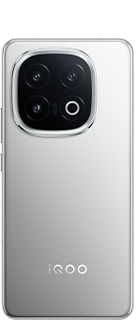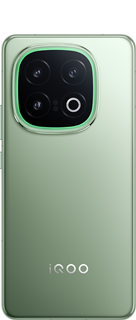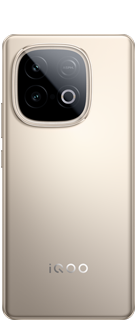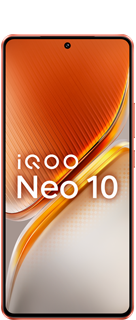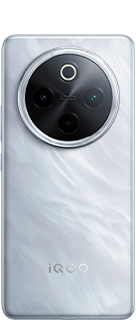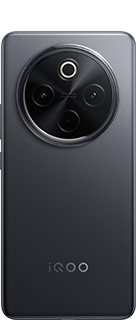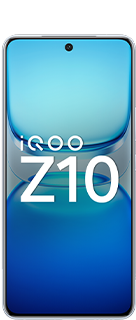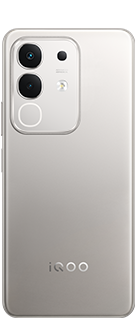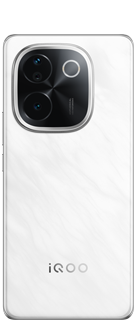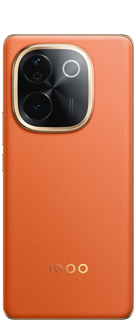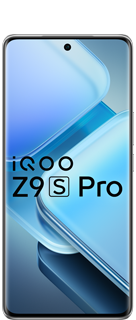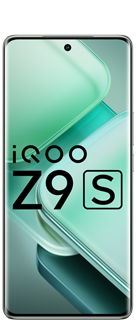Photography Terminology: A Glossary of Essential Photographic Terms.
- Aperture – The variable opening in the lens through which light passes to the film or digital sensor. Aperture is measured in f-stops. I like to compare it to your pupil, which opens and closes to allow more or less light into your eye depending on the brightness level of the room.
- Bracketing – Taking a series of images at different exposures. You may see a setting on your camera that says AEB (auto exposure bracketing). Bracketing is often used when creating HDR images or in difficult lighting situations where you may want to have a range of exposures from light to dark.

Figure 1, view larger image

Figure 2, view larger image
- Bulb – the “B” setting on your camera where the shutter remains open for as long as the button or cable release (remote trigger) is pressed.
- DSLR – A digital single-lens reflex camera. Any digital camera with interchangeable lenses where the image is viewed using a mirror and prism and the image is taken directly through the lens. What you see in your viewfinder is what the lens sees.
- EV – Exposure value; this is a number that represents the various different combinations of aperture and shutter speed that can create the same exposure effect.
- Exposure compensation – Modifying the shutter speed or aperture from the camera’s recommended exposure to create a certain effect or correct for exposure problems. Your camera reads light bouncing off your subject and is designed to expose for medium gray. So when photographing a subject that is lighter or darker than 18% gray, you can use this setting to tell the camera the proper exposure (by dialing in – or + exposure compensation).
- Exposure – The total amount of light reaching the digital sensor. It is determined by the aperture, shutter speed, and ISO.
- F-stop – A measure of the aperture opening in the lens defined by dividing the focal length of the lens by the aperture diameter. The sequence of f-stops features multiples of the square root of 2 (1.4): 1, 1.4, 2, 2.8, 4, 5.6, 8, 11, 16, 22, etc. Though these numbers are rather cryptic, make sure to remember that each step is double the amount of light. Know that, and you’ve won half the battle.
- ISO – Represents the sensitivity of your camera’s digital sensor to light. The lower the number (ISO 100), the less sensitive to light; the higher the number (ISO 3200), the more sensitive to light. A higher ISO allows you to shoot in low-light conditions.
- Shutter speed – The amount of time the shutter is open during an exposure. The shutter speed controls the appearance of motion. Use a fast shutter speed (such as 1/2000s) to freeze motion or a slow shutter speed (such as 1/30s or longer) to blur moving objects.
- Zoom lens – Any lens that has a variable focal length, such as a 24-70mm or an 18-55mm lens. You generally zoom in or out by rotating the barrel of the lens.
- Prime or fixed lens – Any lens that does not zoom and features a set focal length, such as a nifty 50mm lens.
- Remote trigger or digital cable release – A device that allows the camera to be fired without pressing the shutter button or touching the camera. Helps eliminate camera movement during long exposures.
- Macro lens – A lens that focuses very close to a subject, so you can capture highly detailed, magnified images.
- “Normal” lens – Generally a 50mm lens (on a full-frame camera). This lens closely parallels what the human eye sees. If you have a crop-sensor camera, a “normal” lens will be closer to 35mm.
- Telephoto lens – Offers a tighter field of view than a normal lens (i.e., it takes more magnified images). Generally from around 70mm to 300mm. A super-telephoto lens is usually 300mm or longer.
- Wide-angle lens – A lens that features a wider field of view than a normal lens. Generally spans from over 10mm to under 50mm. Depending on the focal length, there may also be edge distortion (i.e., in super wide-angle lenses).
- Tilt-shift lens – A special-effect lens. Allows for realignment of the plane of focus (tilt). Allows for adjusting the placement of the subject within the frame without angling the camera, thus keeping parallel lines from converging (shift). A popular lens for architectural and landscape photographers and is becoming more widely used by portrait photographers to create a unique, stylized look.
- Camera resolution – The dimensions your camera’s sensor is capable of capturing, expressed in megapixels. This is not the only factor in image quality, but the greater the resolution, the larger the prints you can produce without significant loss of quality (generally speaking).
- JPEG vs RAW – Two different image file types. Most cameras have the ability to shoot in JPEG and RAW. If you choose JPEG, the camera will shoot a RAW file, process it using the picture style you’ve selected in your menu, save it as a JPEG, and discard the RAW version. If you choose RAW, the resulting file will be larger, carry more information, and require software to process. It gives you – the photographer – more control over the final look of the image.
- Full-frame vs crop/APS-C sensor – A full-frame sensor is roughly the size of 35mm film. Most lenses create a circle of light just large enough to cover the 35mm sensor area. But in a crop-sensor camera, the physical size of the sensor is smaller; it only captures a portion of the entire image the lens is projecting, effectively cropping out part of the shot. Common crop factors are 1.5x and 1.6x, so if you use a 50mm lens on an APS-C camera, it offers a 75mm focal length equivalent.
- Camera modes – There are four standard camera modes. Auto mode selects settings without user input. Manual mode allows the user to control the ISO, shutter speed, and aperture. Shutter Priority mode allows the user to select the ISO and shutter speed while the camera selects the aperture. Aperture Priority mode allows the user to select the ISO and aperture while the camera picks the shutter speed. Program mode allows the user to select the ISO while the camera picks the aperture and shutter speed.
Photography
318
5
Please sign in
Login and share
Sign in

